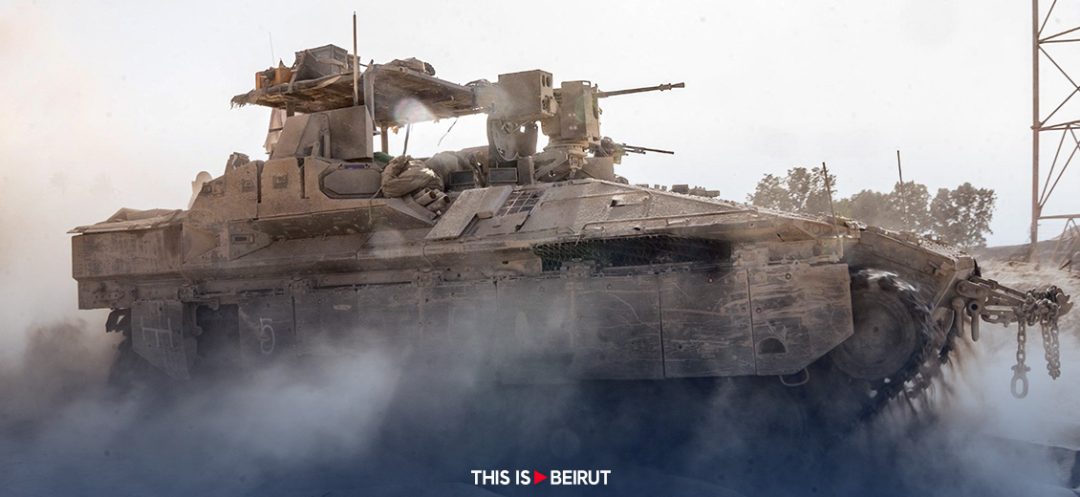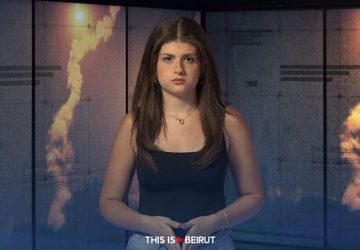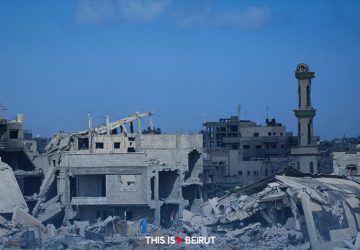Explosions, air strikes and gunfire rattled northern Gaza on Saturday, the third day of an Israeli military operation that has uprooted tens of thousands of Palestinians and compounded what the United Nations called “unbearable” living conditions in the territory.
An AFP correspondent reported explosions from the Shujaiya area near Gaza City, and a resident saying bodies were seen on the streets.
The armed wings of both Hamas and the Palestinian militant group Islamic Jihad said they were engaged in ongoing fighting with Israeli forces there.
Israel’s military said fighting “above and below the ground” in Shujaiya left a “large number” of militants dead.
It said “dozens of terrorists” were killed and weapons, drones and observation posts were found, as well as a long-range rocket launcher and tunnel shafts.
The military on Saturday reported two soldiers killed and two severely wounded in combat in northern Gaza.
A resurgence of fighting in the area comes months after Israel declared the command structure of Hamas militants dismantled in the north.
Last Sunday Israeli Prime Minister Benjamin Netanyahu said the “intense phase” of the war was winding down after almost nine months, but experts see a potentially prolonged next phase.
The war started with Hamas’s October 7 attack on southern Israel, which resulted in the deaths of 1,195 people, mostly civilians, according to an AFP tally based on Israeli figures.
The militants also seized hostages, 116 of whom remain in the enclave, although the army says 42 are dead.
Israel’s retaliatory offensive has killed at least 37,834 people, also mostly civilians, according to data from the Gaza Health Ministry.
Fleeing empty-handed
Israel’s military said Friday it was conducting “targeted raids” backed by air strikes against Hamas in the Shujaiya area.
The UN Office for the Coordination of Humanitarian Affairs (OCHA) estimated that “about 60,000 to 80,000 people were displaced” from the area this week.
AFPTV images on Saturday showed men moving belongings on a donkey cart, people being pushed in wheelchairs and children with backpacks passing piles of debris.
Elsewhere, Gaza’s civil defense agency on Saturday said four bodies were pulled from an apartment after an Israeli strike in the central region.
Further south, in the Rafah area, witnesses reported dead and wounded after a new Israeli incursion.
Tarek Qandeel, director of the medical center in al-Maghazi, central Gaza, said it was seriously damaged when a neighboring house was bombed.
‘Nothing new’
A top Hamas official said in Beirut on Saturday that negotiations for an agreement with Israel on a ceasefire in the Gaza Strip and the release of hostages had led to no progress.
A plan presented at the end of May by United States President Joe Biden, which he claims was proposed by Israel, calls for a six-week ceasefire accompanied by an Israeli withdrawal from densely populated areas of Gaza, the release of certain hostages and Palestinian prisoners held by Israel.
According to the American website Axios, the US administration has presented a “new version” of a draft agreement between Israel and Hamas, including amendments to “certain clauses (…) with the aim of bridging the gap between them and reaching an agreement.”
Osama Hamdane, a senior official of the Beirut-based Palestinian Islamist movement, said his movement had received the latest proposal for a ceasefire agreement on June 24, but that it brought “nothing new.”
“We can say that there is nothing new in the negotiations to stop Israeli aggression,” he told a press conference.
The plan presented by Mr. Biden has so far remained a dead letter, with the protagonists sticking to intangible demands.
Israeli Prime Minister Benjamin Netanyahu wants to continue the war until Hamas is totally defeated and all hostages released.
Hamas, on the other hand, demands a permanent ceasefire and total Israeli withdrawal from Gaza.
With AFP





